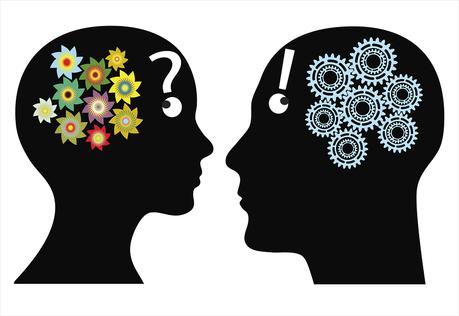If we are to integrate our thinking, we need to assess which of the conflicting ideas we will provisionally accept and which we shall provisionally reject, or which parts of the views are strong and which weak, or how the views can be reconciled.
Difference Between Thinking and Critical Thinking
Or, more prosaically: critical thinking is "the skillful application of a repertoire of validated general techniques for deciding the level of confidence you should have in a proposition in the light of the available evidence."
The Advantages & Disadvantages of Critical Thinking | Synonym
* Contains phosphatidylcholine: when you consume fish oil, your liver has to attach it to phosphatidylcholine in order for it to be utilized by your body. Krill oil already contains phosphatidylcholine, which is another reason for its superior bioavailability. Phosphatidylcholine is composed partly of choline, the precursor for the vital neurotransmitter acetylcholine, which sends nerve signals to your brain, and for trimethylglycine, which protects your liver.
What's The Difference Between Description And Critical
a. Expertise
b. Lack of conflict of interest
c. Agreement among sources
d. Reputation
e. Use of established procedures
f. Known risk to reputation
g. Ability to give reasons
h. Careful habits
In this article we focus on two of the elements of reasoning: inferences and assumptions. Learning to distinguish inferences from assumptions is an important intellectual skill. Many confuse the two elements. Let us begin with a review of the basic meanings:
Scorpio,
I highly respect Rev. Billy Graham--I sang in one of his revivals many years ago in Los Angeles--but, I d trust his opinion on the LDS Church about as much a I d trust his opinion on Quantum Physics it s only a opinion.
Ivanhoe,
Thank you for posting all these verses. I ll have to copy and paste all your posts for future reference on this subject.
They learn to question commonly accepted ways of understanding things and avoid uncritically accepting the viewpoints of their peers or society. They know what their perspectives are and can talk insightfully about them. To do this, they must create and explore their own beliefs, their own reasoning, and their own theories.
9 And finally, both of these traditions need to be challenged by perspectives that can plausibly claim that other voices and concerns are not addressed by their promises. Claims of universalism are especially suspect in a world of increasingly self-conscious diversity and whether or not one adopts the full range of "postmodern" criticisms of rationality and modernity, it cannot be denied that these are criticisms that must be met, not pushed off by simply reasserting the promise and hope that "you may not be included or feel included yet , but our theoretical categories and assumptions can indeed accommodate you without fundamental modification." The responses to such a defense are easily predictable, and understandable.
9 It will not have been lost on many readers that when we listed the prime authors in both the Critical Thinking and Critical Pedagogy traditions, all listed were male. There are certainly significant women writing within each tradition, but the chief spokespersons, and the most visible figures in the debates between these traditions, have been men. Not surprisingly, then, both traditions have been subject to criticisms, often from feminists, that their ostensibly universal categories and issues in fact exclude the voices and concerns of women and other groups.

"Differences between critical thinking creative thinking" in pictures. More images "Differences between critical thinking creative thinking".

